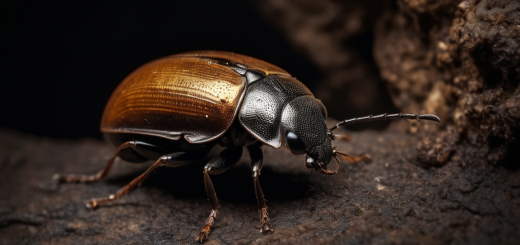Exploring the Depths of the Mariana Trench: Earth’s Final Frontier
Discovering the Mysteries of the Mariana Trench
Far beneath the waves of the Pacific Ocean lies a world cloaked in darkness and shrouded in mystery: the Mariana Trench. As the deepest point on Earth, this subaquatic canyon has captivated scientists and adventurers alike, offering glimpses into an ecosystem that defies our understanding of life on our planet. In this post, we dive into the depths of the Mariana Trench, uncover its secrets, and explore the significance of its otherworldly inhabitants. 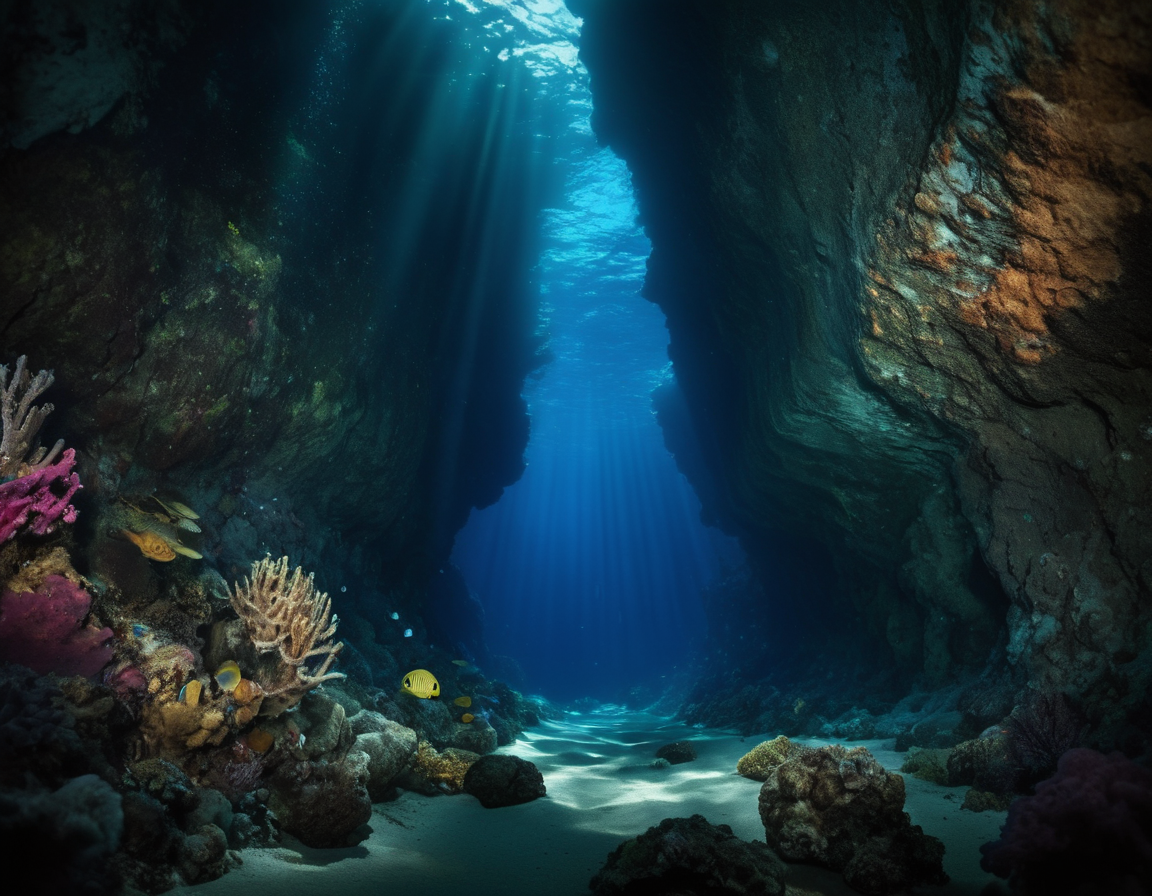
The Mariana Trench: A Geographic Marvel
Located in the western Pacific Ocean, the Mariana Trench is a crescent-shaped scar in the Earth’s crust that measures over 36,000 feet deep at its lowest point, known as the Challenger Deep. This makes it even deeper than Mount Everest is tall. The pressures at the bottom are a crushing eight tons per square inch—more than a thousand times the standard atmospheric pressure at sea level. Despite these extreme conditions, life has found a way to thrive here. 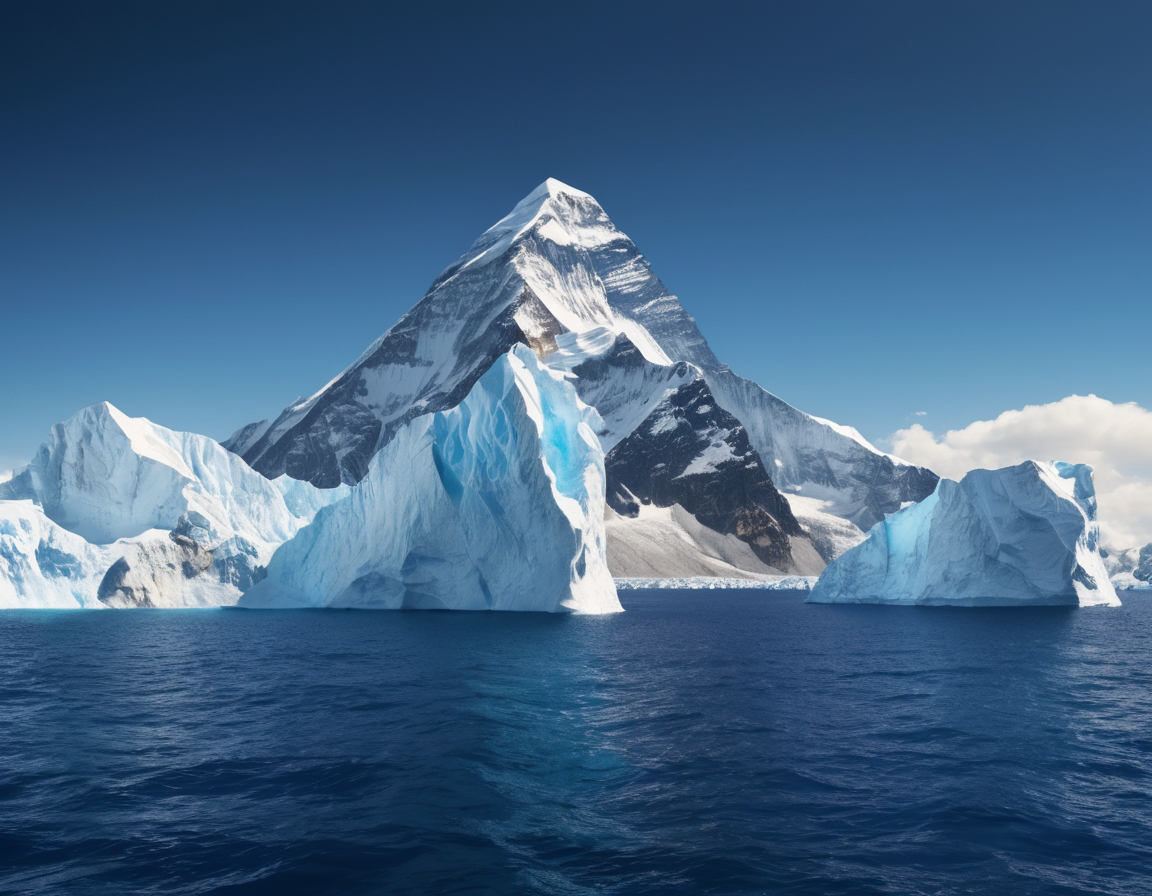
Life in the Abyss
The inhospitable environment of the trench doesn’t deter the existence of a plethora of creatures. From the ethereal jellyfish to the robust deep-sea amphipods, the residents of the Mariana Trench have adapted in remarkable ways. Some species have developed unique features to withstand the immense pressure, while others utilize bioluminescence to navigate the eternal darkness. 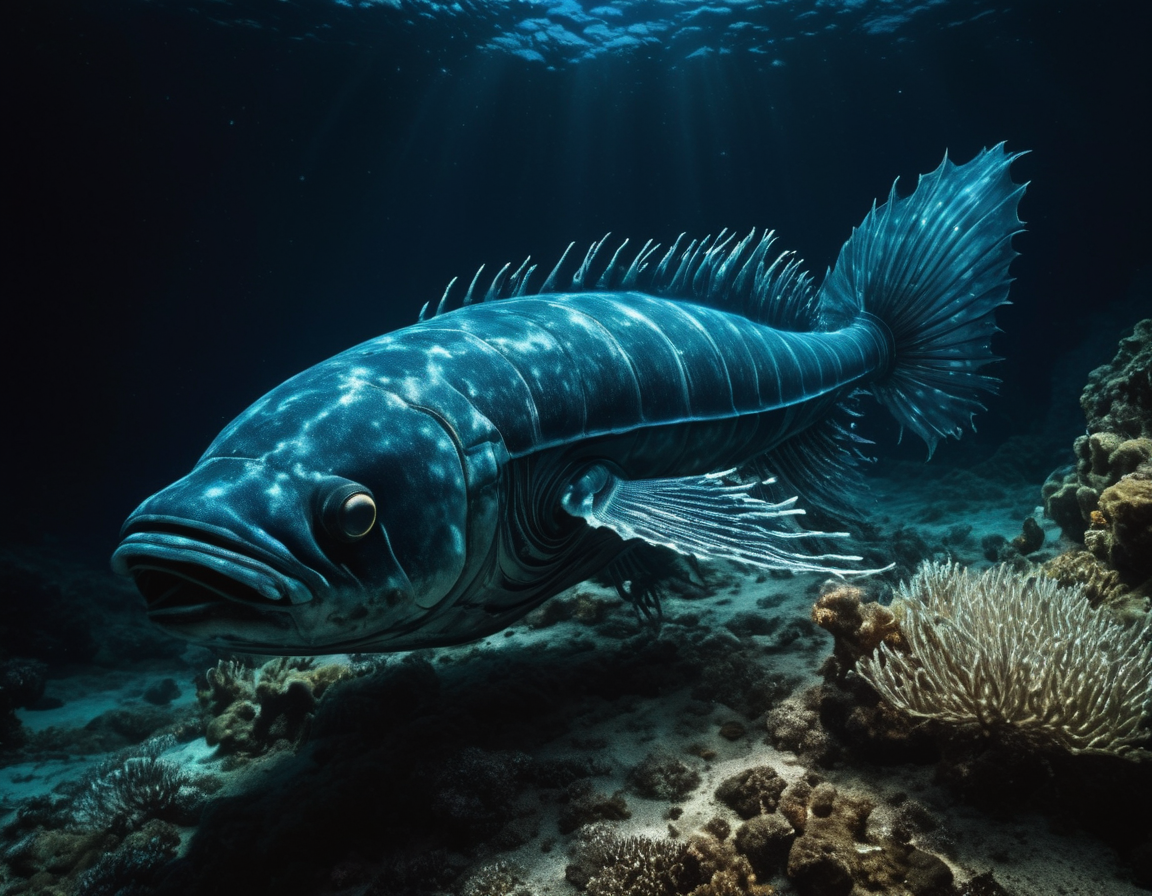
Humanity’s Exploration: Triumphs and Challenges
Conquering the depths of the Mariana Trench is no easy feat. The first successful manned mission to the Challenger Deep was completed in 1960 by the bathyscaphe Trieste. More recently, film director James Cameron made a solo dive in 2012, drawing worldwide attention to the trench’s exploration. However, each descent is a massive undertaking that requires cutting-edge technology and poses significant risks to the brave explorers venturing into the abyss. 
The Importance of Ongoing Research
Studying the Mariana Trench is more than a tale of adventure; it carries critical scientific importance. Research in the trench has the potential to lead to breakthroughs in biology, geology, and chemistry. The unique conditions can teach us about Earth’s formation, the limits of life, and even provide insights for the search for extraterrestrial life. As our technology advances, who knows what other secrets we will unlock from this enigmatic titan of the deep. 
Protecting the Deep
As with many wonders of the natural world, the Mariana Trench faces threats from human activities. Pollution, deep-sea mining, and climate change all pose significant risks to its delicate ecosystem. Recognizing the need for preservation, portions of the trench are now protected as part of the Mariana Trench Marine National Monument. By safeguarding this natural treasure, we can ensure that it continues to inspire and inform future generations. 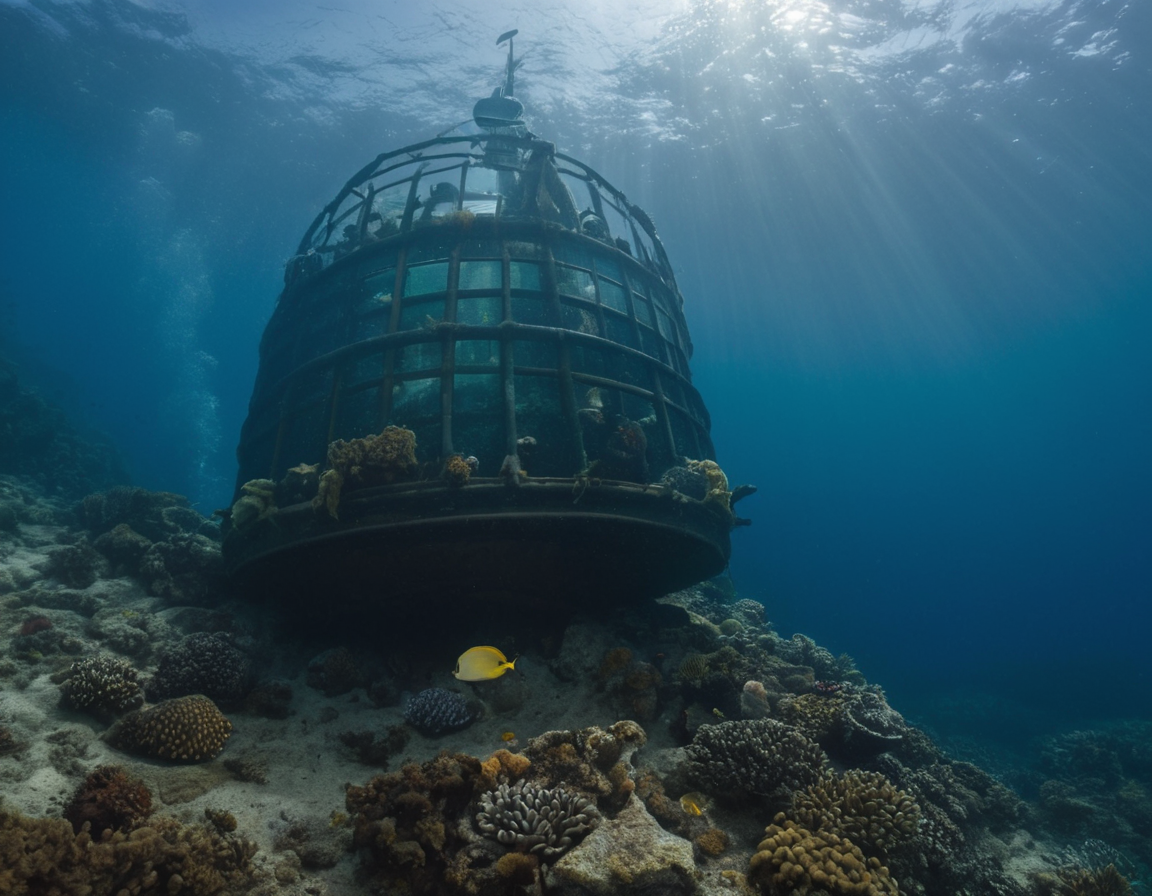
Conclusion: The Final Frontier on Earth
The Mariana Trench remains one of the least explored places on our planet, a reminder that there are still vast frontiers awaiting our discovery right here on Earth. As we peer deeper into its depths, we continue to learn, adapt, and marvel at the tenacity of life in the face of overwhelming odds. The trench’s call to the unknown is a siren song for the curious and the courageous, beckoning us to explore further, dive deeper, and dream bigger. 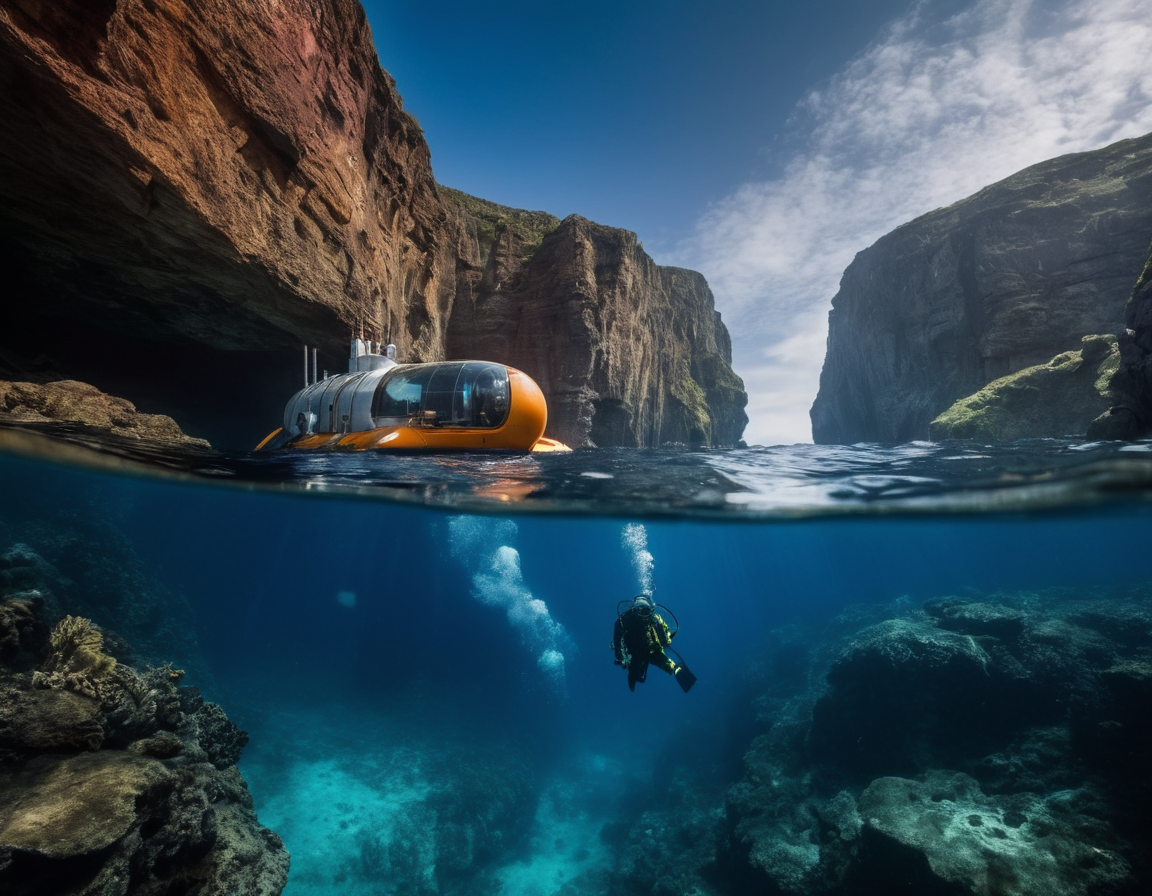
Are you fascinated by the ocean’s depths and what lies beneath? Explore more about marine life and the secrets of our oceans by subscribing to our newsletter. Join us on this incredible voyage of discovery!



